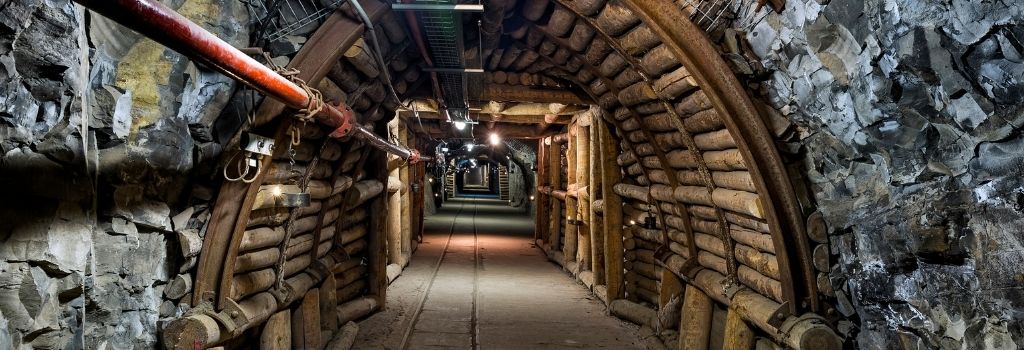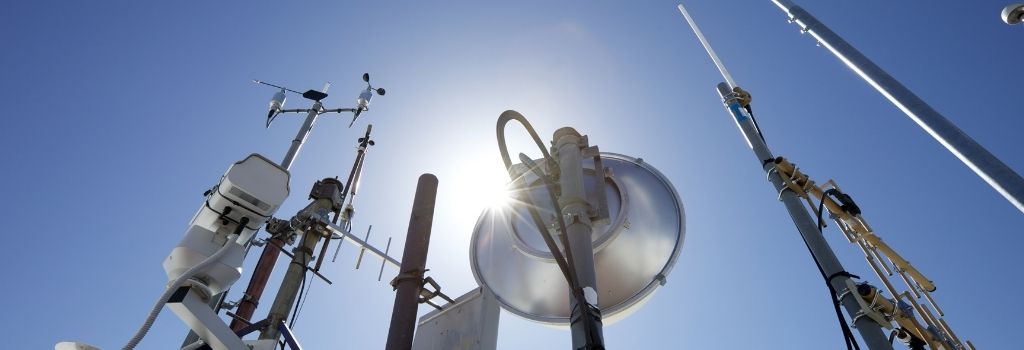Intelligent Systems
The Internet of Things (IoT) is a vital component for a Remote Patient Monitoring (RPM) solution. An IoT-based RPM system improves patients’ health-related outcomes and helps them reduce expenses. It also allows doctors to optimize patient care and diagnosis efficiency. Doctors can remotely monitor patients in acute conditions on an ongoing basis and immediately attend to patients in distant locations.
Read more: Remote Health Monitoring with Intelligent Edge Gateway
Intelligent Transportation System, and smart traffic management systems are an indispensable component in developing Smart Cities. In any city, mobility is a key concern, and not just limited to traffic congestion control and information, but also road safety and efficient infrastructure usage. These technology solutions prepare Smart Cities for coming technology evolutions, including Connected Autonomous vehicles (CAVs) and full deployment of 5G networks.
Read more: Outdoor Edge Appliance Enables 5G, Wi-Fi, and AI Smart City Connectivity
Temperature-sensitive products like vaccines, drugs, chemicals, or foods like seafood, meat, or dairy, require temperature-controlled environments across their entire supply chain. A slight fluctuation in temperature and the whole batch of products may be spoiled or damaged completely.
Read more: Remote Cold Chain Monitoring Solution with IoT Gateway
Current IT monitoring systems are not designed to operate in challenging and dangerous environments, such as the ones found in underground mines. They won’t tolerate dust, high/low temperatures, humidity, or explosions. If a device were to withstand such conditions, providing reliable and fast communications to various dispersed in-field sensors, video cameras is still a pretty challenging endeavor.
Read more: Rugged Wireless Gateway for Underground Mine Monitoring
The growing consequences of accelerating climate change have been visible across the world with wildfires, floods, severe heatwaves, and even tropical cyclones in recent years. Climate change presents many challenges to society, as extreme weather events and pollution increases disease infection, while frequent wildfires and droughts threatens livelihoods. Data from an automated weather station (AWS) can be used to detect climate change trends and input into models to predict future changes in our environment.
Read more: Rugged Edge Computing Gateway Enhances Automatic Weather Station Networks
Refuge chambers or emergency shelters are heavy duty steel boxes constructed to withstand overpressure of 15 PSI without deformation; each of these chambers is typically comprised of a small airlock chamber and a main chamber, capable of housing up to 20 or more people working in hazardous settings/industries such as underground mining. In the event of an unforeseen disaster caused by fires, floods, rock-falls, or explosions, these chambers, equipped with life-support systems that stay online for several days even when cut off from the main air and power supplies, are the last resort to which everyone involved would escape.
In dense urban environments where traffic flow is heavy, keeping up with traffic control and maintaining road safety at intersections with the heaviest traffic is often tricky as vehicles and pedestrians’ behaviors are erratic and unpredictable, not to mention the fact that not all are prone to follow the traffic regulations at all times.
Read more: LEC-2290: Edge AI Appliance For Traffic Infraction Prevention












